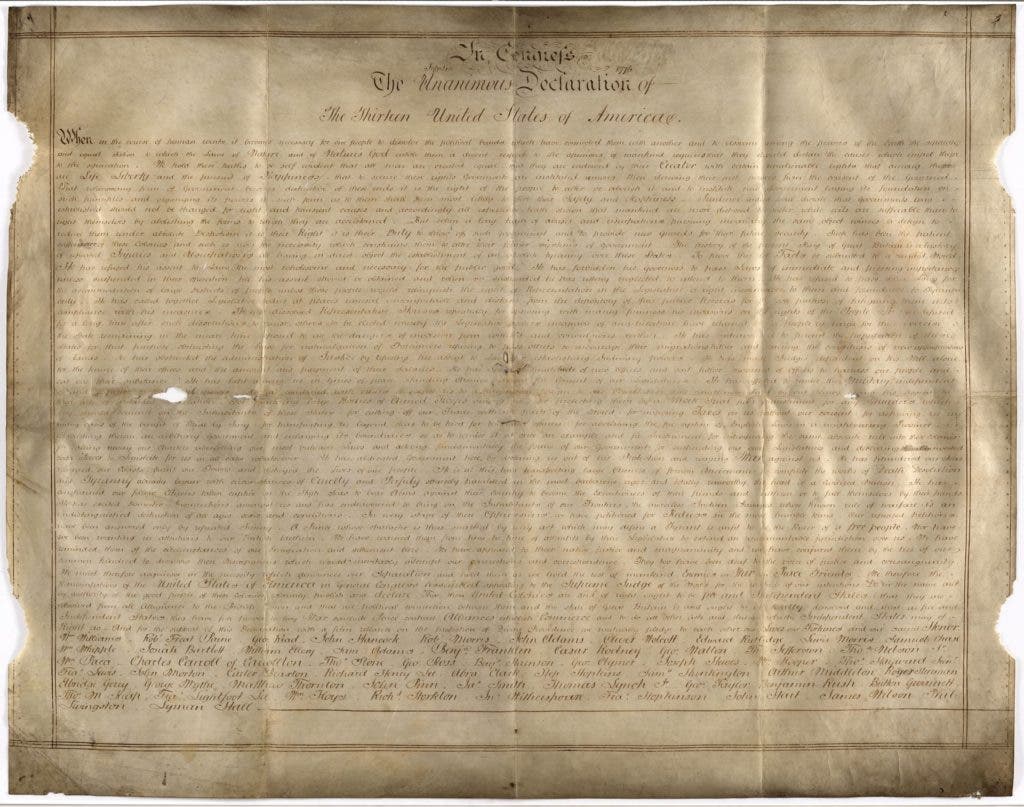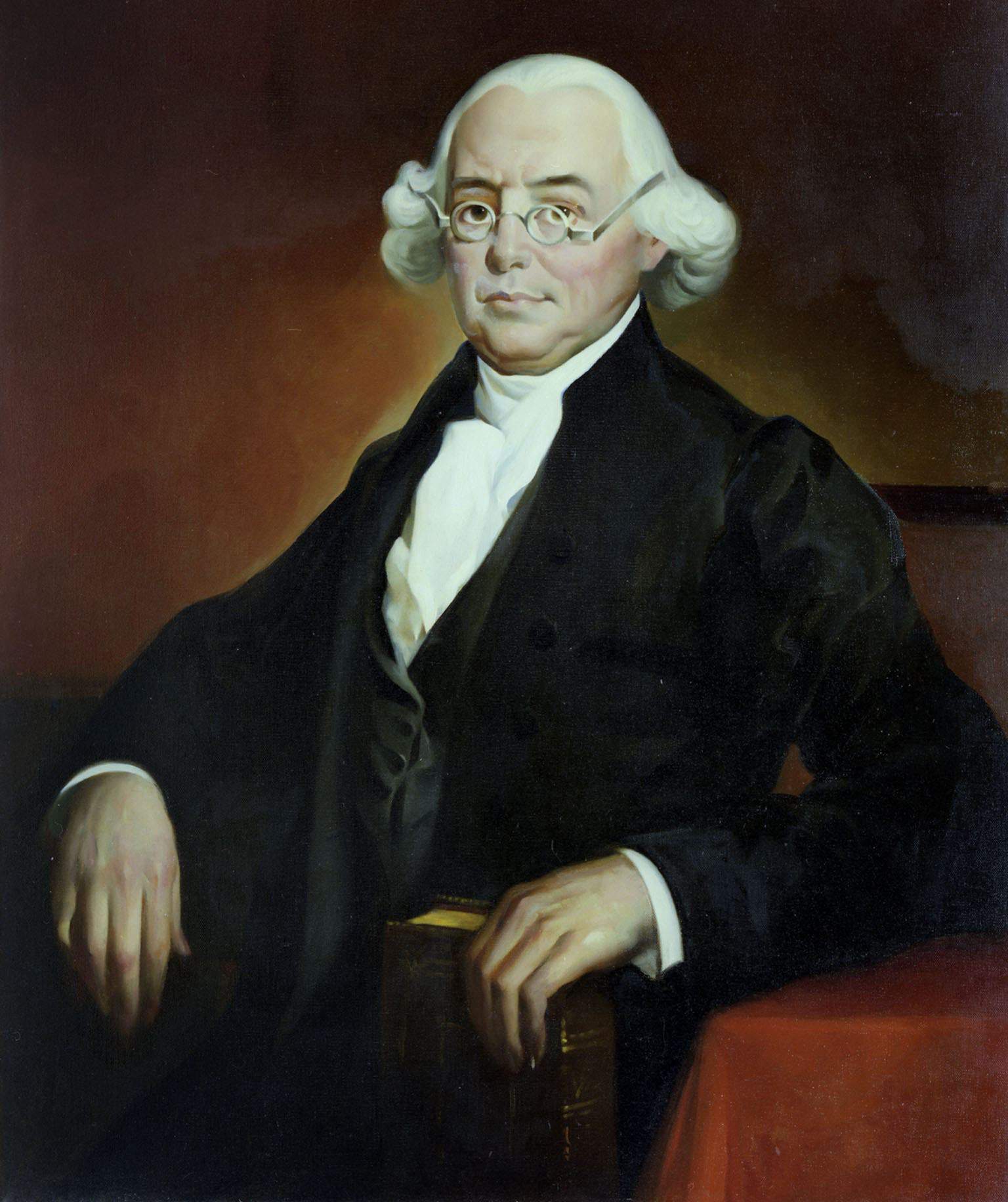It all started with a short entry in a catalog of a tiny records office in the town of Chichester, in the south of England: “Manuscript copy, on parchment, of the Declaration in Congress of the thirteen United States of America.”

Emily Sneff, a researcher with the Declaration Resources Project, found the entry in August 2015. She didn’t just stumble upon it by chance, she was developing a database of every known edition of the Declaration of Independence. She didn’t think much about it at first, not even suspecting that this was an original manuscript.
“I’d found vague descriptions of other copies of the Declaration that turned out to be 19th-century reproductions of the signed parchment in the National Archives, so that was what I was expecting,” Sneff said of her initial impression based on the catalog listing. “What struck me as significant was that it said manuscript on parchment.”
She contacted the West Sussex Record Office, a bit skeptical at first, but still curious. After all, the description was a bit vague, and the only thing which was known about the document was that it was received in 1956, from a man who worked at a local law firm — not very promising. Still, working with Harvard’s Danielle Allen, she contacted the record office, which sent her photographs of the document, and that’s when they really started to get excited. The reason? Errors.
“When I looked at it closely, I started to see details, like names that weren’t in the right order — John Hancock isn’t listed first, there’s a mark at the top that looks like an erasure, the text has very little punctuation in it — and it’s in a handwriting I hadn’t seen before,” she said. “As those details started adding up, I brought it to Danielle’s attention and we realized this was different from any other copy we had seen.”
Sneff started to understand that the mysterious document was much more important than it seemed at a first glance, and knew she had to answer three questions:
- when was the document written?
- who commissioned it, and why?
- and how on Earth did it get in West Sussex?
In two published studies, they attempt to answer those questions. For starters, using a combination of handwriting and parchment analysis, they dated the manuscript to the 1780s — not immediately after the original declaration.
This makes the second question even more important, and Sneff believes this Declaration of Independence was commissioned by James Wilson of Pennsylvania, who later helped draft the Constitution and was among the original justices of the Supreme Court. Wilson was one of six men to sign both the declaration and constitution and was an ardent supporter of separation of powers, playing a key role in the early history of the US.

But not everything is clear. Right after the declaration was signed, there was a period of “breaking news” in which the declaration was printed in all sorts of newspapers and journals. spreading across the US as well as Europe and the rest of the world. But it wasn’t until a decade later that Wilson’s declaration was printed — a very turbulent period for the new nation.
“Victory was not sweet,” Allen said. “There was financial disaster, the Articles of Confederation were not working … so the 1780s were a period of great instability, despite victory. And this parchment belongs to that decade.”
There was also a strong, bitter debate during at decade: had the new state been established through the will of the people, or through the will of the founding states? This parchment subtly takes one side. Basically, according to the protocol at the time, when it came to signing a national document, members of each state would sign together in one place. For the Declaration of Independence, the name of the states were omitted, but signatures were still grouped by state… but not in here.
“But the Sussex Declaration scrambles the names so they are no longer grouped by state,” Allen said. “It is the only version of the Declaration that does that, with the exception of an engraving from 1836 that derives from it. This is really a symbolic way of saying we are all one people, or ‘one community,’ to quote James Wilson.”
So, we know who commissioned this paper and why… but how did it get to England? Well, that’s still a matter of research for now. Sneff is now working to gain access to other papers which would perhaps enable her to trace the voyage of this declaration. This is only the second known parchment manuscript of America’s formative text, so learning its story is quite intriguing.
The papers have not yet been peer reviewed. The first is currently in the final revision stage with the Papers of the Bibliographical Society of America, while the second has only been presented at a Yale University conference.


